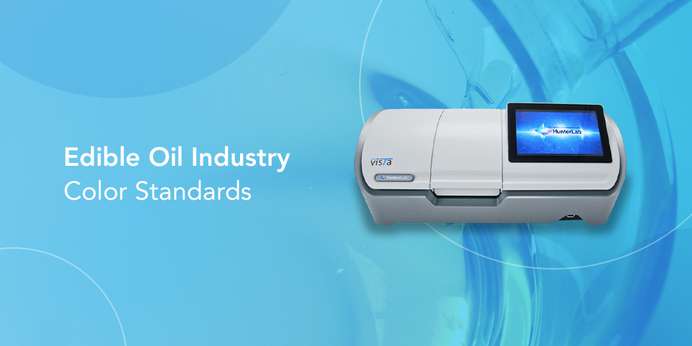What Color Standards Apply in the Edible Oil Industry?
Several government and industrial color standards apply to edible oils.
The Food and Drug Administration (FDA) regulates the products under Part 117 of Title 21 of the Code of Federal Regulations. All covered facilities must follow these laws to prevent financial penalties, including adhering to Current Goods Manufacturing Practices (CGMP). Additionally, the United States Department of Agriculture (USDA) maintains regulations for the color of certain edible oils, such as olive oils and vegetable salad oils.
Industry organizations such as the American Oil Chemists' Society (AOCS), which establishes official testing methods, set forth standards as well. Similarly, the International Organization for Standardization (ISO) 15305:1998 specifies the color scale manufacturers must use for measurements to meet its requirements.
How to Meet Color Standards for Edible Oils
Manual visual comparisons leave room for human error, evaluation fatigue, and uncontrolled environmental conditions to negatively impact the results. Today's edible oil manufacturers must take the guesswork out of color and appearance measurement with a modern scientific approach to ensure quality, safety, and compliance with industry and regulatory standards. Specialized spectrophotometers are the best option for fulfilling these demands.
HunterLab's Vista compact benchtop spectrophotometer is the most comprehensive solution available for edible oils. Capture 99.9% accurate, simultaneous measurements of color, haze, turbidity, and absorbance in seconds with a single step. Modular sample handling simplifies the process for increased throughput. Vista easily integrates with in-line production and factory Statistical Process Controls (SPCs). Additionally, it's the market's only spectrophotometer that includes all the industry's standards and scales and the capability to measure all pathlengths.


